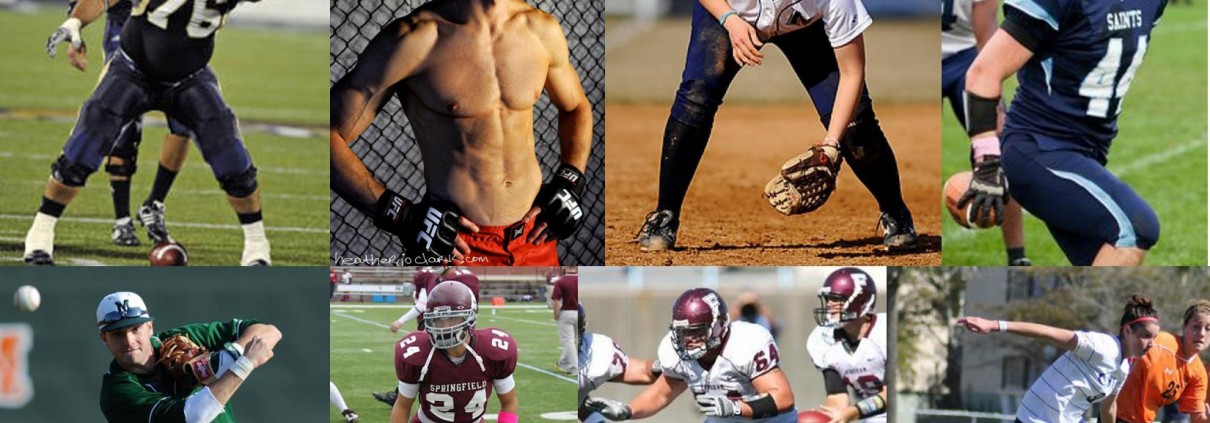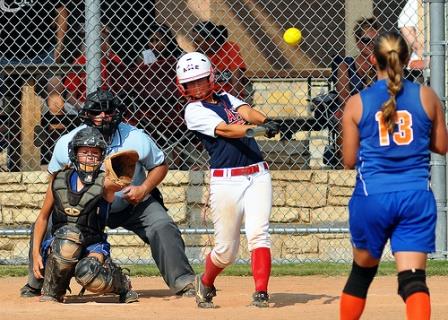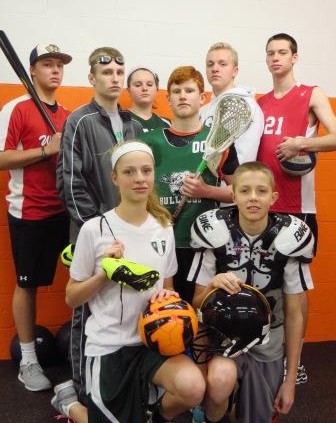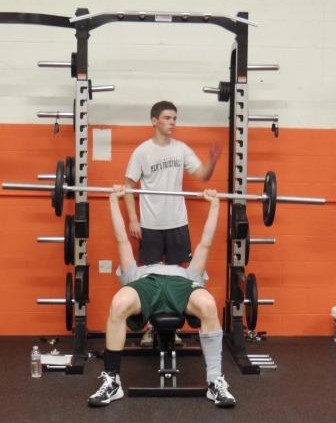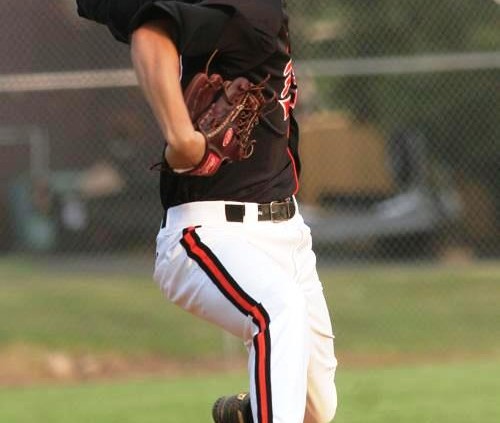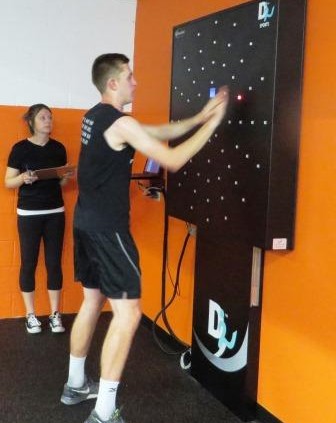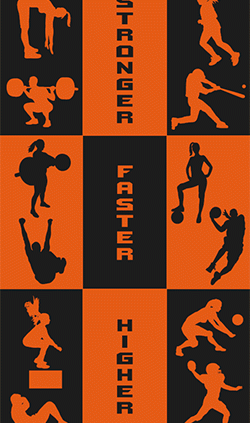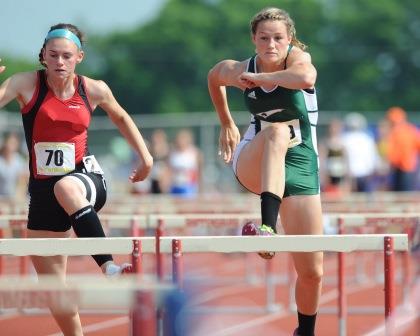3 Things Athletes can do Everyday to Increase Performance
There are many things athletes can do to help themselves other than what seems to be obvious. Athletes are expected to be at practice, train hard in the off-season and be prepared for their sport. There are a few key hidden factors that an athlete can do that may help the previously mentioned things above.
- Writing their goals down
- Better nutrition
- More Sleep or proper sleep
- Goal setting is very important for an athlete. Goals give a sense of purpose and when finished, accomplishment. Goals should have 3 levels:
- Immediate
- Short term
- Long term
Immediate goals would be something on a weekly basis. Whether a to do list or a weekly check off list. These goals are great to have a sense of accomplishment and will help a student athlete get more things done. Things on this list should be homework, weekly workouts, chores and anything else that is of immediate concern. Short-term goals can range from 3-6 months. These goals should be long projects for school, applications to school, weightlifting goals, nutrition goals, school choices, big exams coming up and other things that are in the near future. Long-term goals are generally 6 months and out. These goals might have bigger picture thoughts. Making the team, getting into a certain school, being prepared for next season. These goals allow the athlete to realize there is a big picture and that you should prepare for that future the best you can.
- Better nutrition is always something any athlete should be concerned about. Whether your goal is to gain weight, lose weight or maintain you must have a sense of proper nutrition. Going on a “diet” is not recommended for athletes because that is a short-term fix. An athlete needs to change a lifestyle and accept living without junk food everyday. You can eat things in moderation and in a controlled manor. No strength and conditioning coach will tell a 15-year-old kid not to enjoy life; you just have to control it.
- More Sleep to help Recover – One of the best ways to recover is proper sleep. Sleep is beneficial for many reasons. For an athlete recovery is vital to help you reach your goals. Sleep allows your body to rejuvenate energy systems and help you build muscle. The reason it will help build muscles is because it allows the body to release natural growth hormone. This release is the reason muscles get replenished, how new skill is helped learn (cognitive) and also helps your bones.
Goals, proper nutrition and adequate sleep should all be part of a complete athletes regimen. These 3 things can be vital to an athlete’s performance and are very simple to implement right away.

